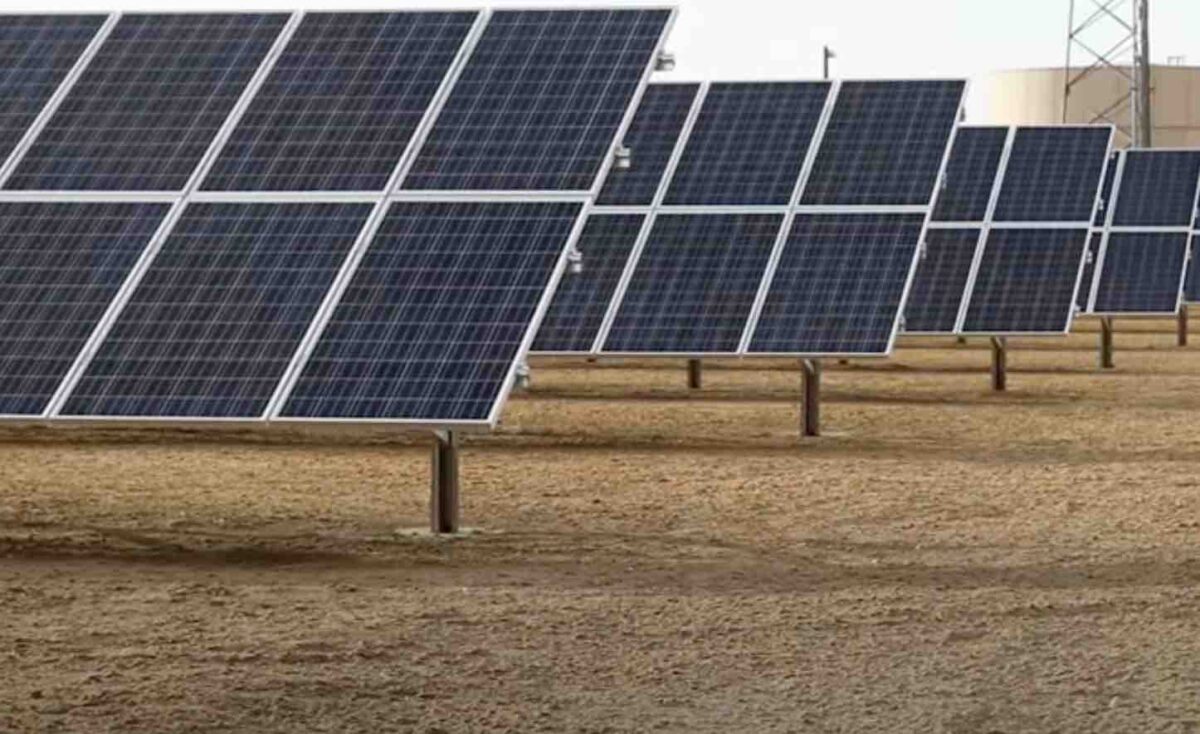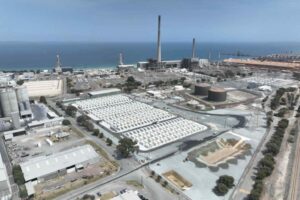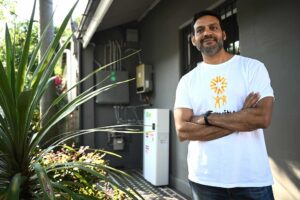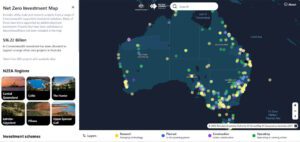New South Wales could connect more than 8 gigawatts of large-scale renewable energy projects “right now” using the state’s existing electricity distribution network, pushing coal out of the system faster at less cost to consumers – and with less disruption to regional communities.
This is the argument put by John Cleland – the CEO of the Australia’s largest distribution network service provider (DNSP), Essential Energy – in a speech to the Regional Australia Institute National Summit in Canberra on Wednesday.
Cleland says Essential Energy has undertaken a hosting capacity assessment to determine the available capacity on its sub-transmission lines to connect utility-scale renewable projects and support the NSW Electricity Infrastructure Roadmap targets.
The study found that around 8.4 gigawatts of new large-scale renewable generation projects could connect more or less immediately to Essential Energy’s existing network across regional NSW, at six bulk supply points near Dubbo, Albury, Marulan, Tamworth, Yass and Wagga.
“This is a major opportunity to progress renewables projects quickly and at scale,” Cleland told the RAI National Summit.
“Using Essential Energy’s existing sub-transmission network, large scale renewable projects can connect right now, subject to the need for works on the transmission network to minimise congestion.
“This means fewer transmission planning delays and transmission supply chain bottlenecks. We would expect this would alleviate many community concerns because the connection infrastructure is already in place.”
As Cleland points out, this is not just a concept. Essential Energy’s poles and wires network, which covers 95 per cent of NSW and parts of southern Queensland, already hosts around 1.5GW of wind and solar farms, alongside around 2GW of rooftop solar.
And Essential Energy is not the only DNSP pushing for more skin in the renewable energy connection game.
Powercor in April revealed it was seeking to branch into the provision of transmission services on its network patch in Victoria in a move it says will enable it to provide the infrastructure it needs to connect bigger wind and solar projects to the grid.
“Faster transmission connections and creating more capacity is essential to supporting Victoria achieve its target of delivering 65% renewable generation by 2030 and unlocking more than 10,000MW of capacity within our state’s designated renewable energy zones,” Powercor CEO Tim Rourke said at the time.
“Our entry into the transmission market would provide the extra market capability the industry needs to support more renewables and commercial connections to the grid.”
But the pitch is perhaps poorly timed, colliding as it does with regulatory and environmental approvals of hard-fought transmission network upgrades whose eye-watering financial costs, and controversial environmental and social impacts, are being sold as crucial to the shift to renewables.
Cleland says DNSPs don’t disagree that major transmission projects like the Victoria to New South Wales Interconnector West are necessary, but they will take time to build – and that is something New South Wales doesn’t have.
“To suggest that all 8 GW of capacity on the Essential Energy network will will be taken up, I think, would be optimistic,” he told Renew Economy in an interview on Wednesday; “there will inevitably be a trade off between… distribution and transmission.
“The point is that, even if a quarter of that gets taken up it’s a massive contribution, particularly in the… context of Eraring closing … it’s a massive contribution at a lower cost and in a much shorter time frame.
“It’s a sensible idea that requires some simple adjustments in the way we utilise these assets to make it work.”
But this perhaps downplays the significant regulatory hurdles standing in the way of the renewables hosting ambitions of distribution networks in Australia.
As Cleland puts it in his speech, allowing DNSPs to connect more renewables “confounds the existing regulatory regime, because it proposes using an existing asset to do a different job.”
“While we have been thinking laterally and coming up with innovative solutions, it has become abundantly clear that the electricity market rules were written in another age, when these challenges and solutions simply didn’t exist.”
And while changing those rules is an obvious answer, this risks becoming “another new and unhelpful delay,” he says.
Essential Energy proposes two possible solutions to this conundrum. The first is the declaration of distribution network renewable energy zones, giving proposed big solar and wind projects the same treatment as those connecting in declared REZes.
“This would enable the grouping of the connection process, so that connection costs could be shared by all proponents and remove the first-mover disadvantage,” Cleland says.
A second solution could be to develop an alternate funding mechanism that transfers connection costs to all consumers in NSW, rather than regional NSW consumers on the DNSP’s grid.
Cleland says this could be drawn from a range of sources, including accessing concessional financing under the Rewiring the Nation Fund or through the Consumer Trustee under the NSW Roadmap legislation.
“Ultimately, utilising the network more efficiently should make it cheaper for every customer,” he told the summit’s regions-focused audience, before closing with a more targeted pitch.
“If regional Australia can be enabled to exploit the opportunity of hosting utility scale generation while not compromising on what they value, then that could change the way those communities see the energy transformation.”








